

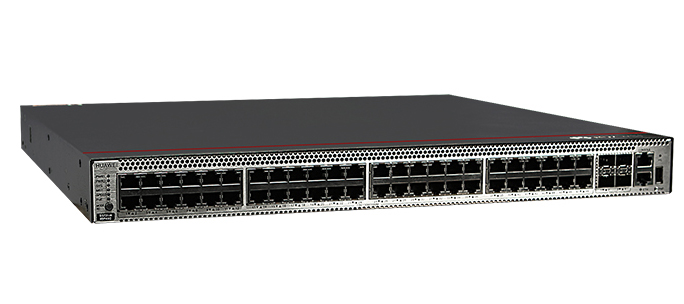

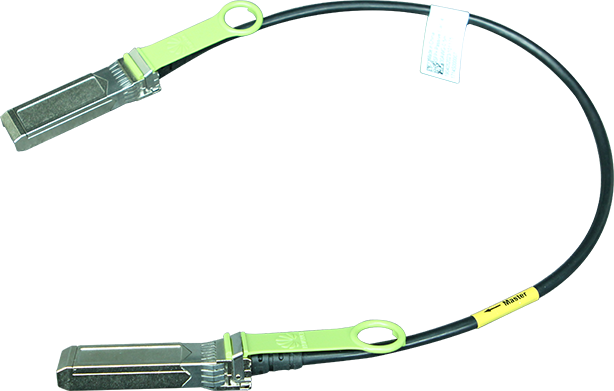
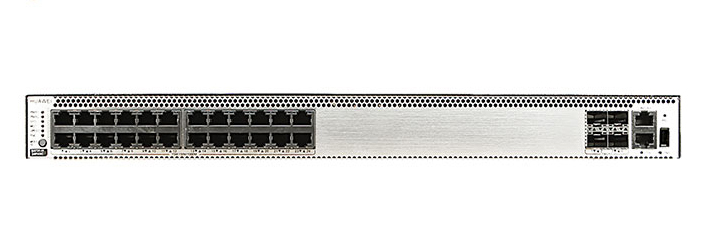
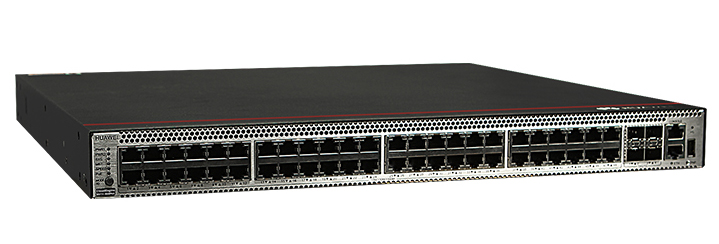
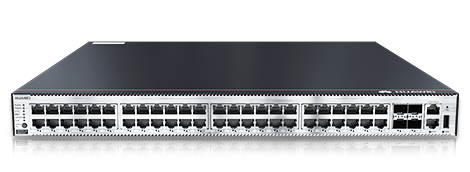
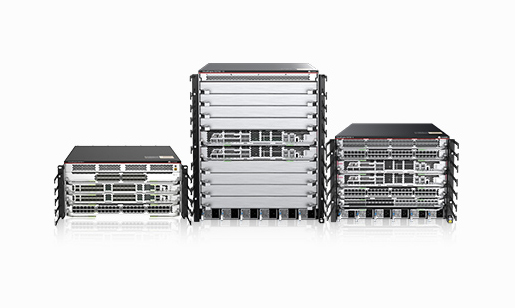
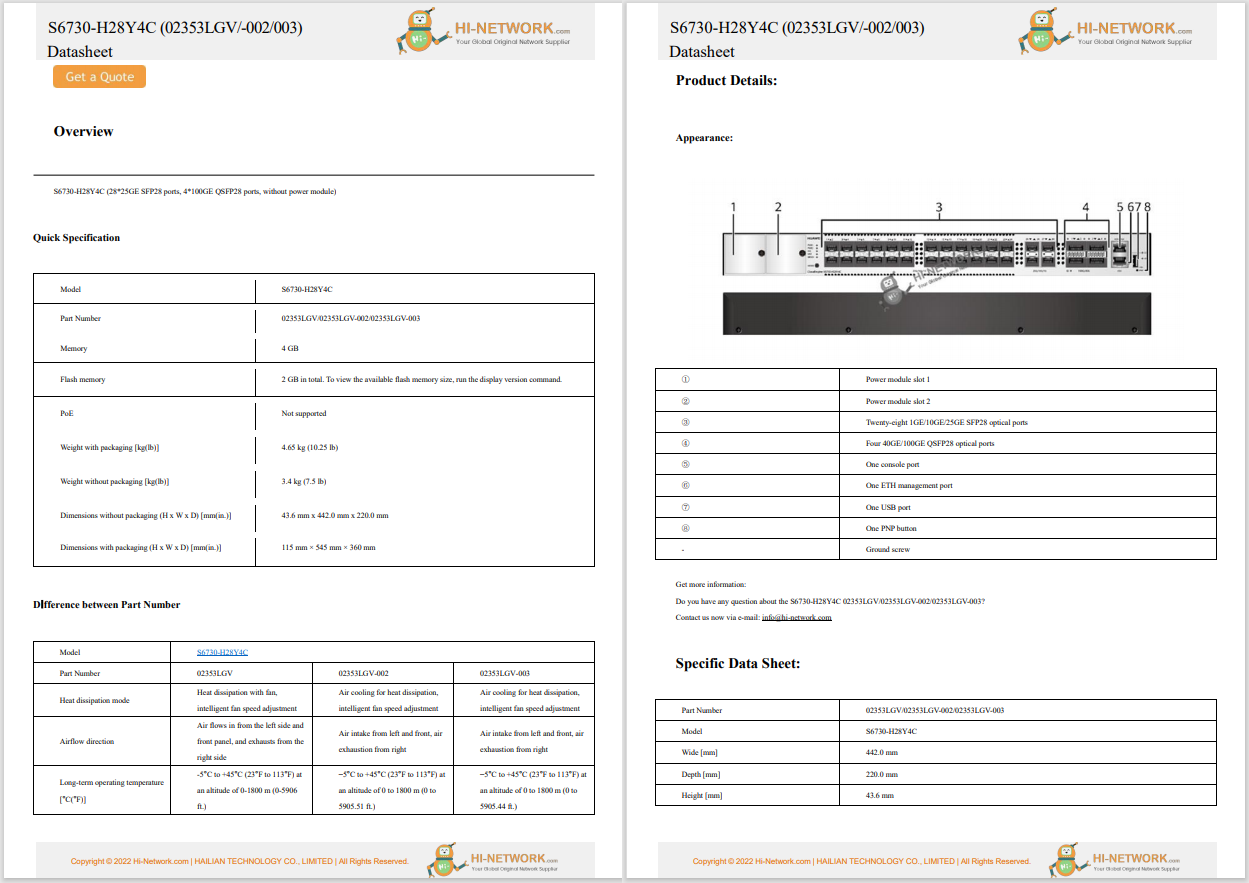

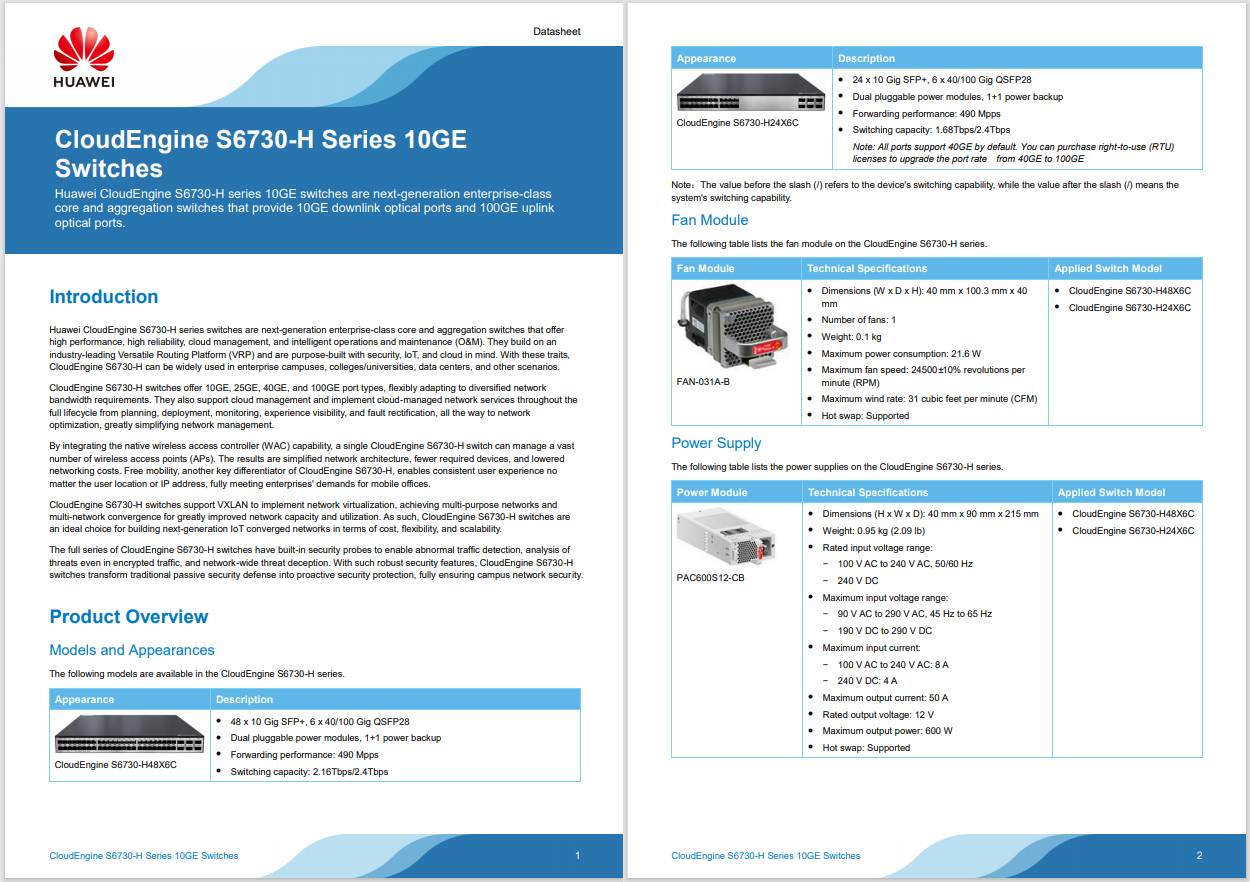
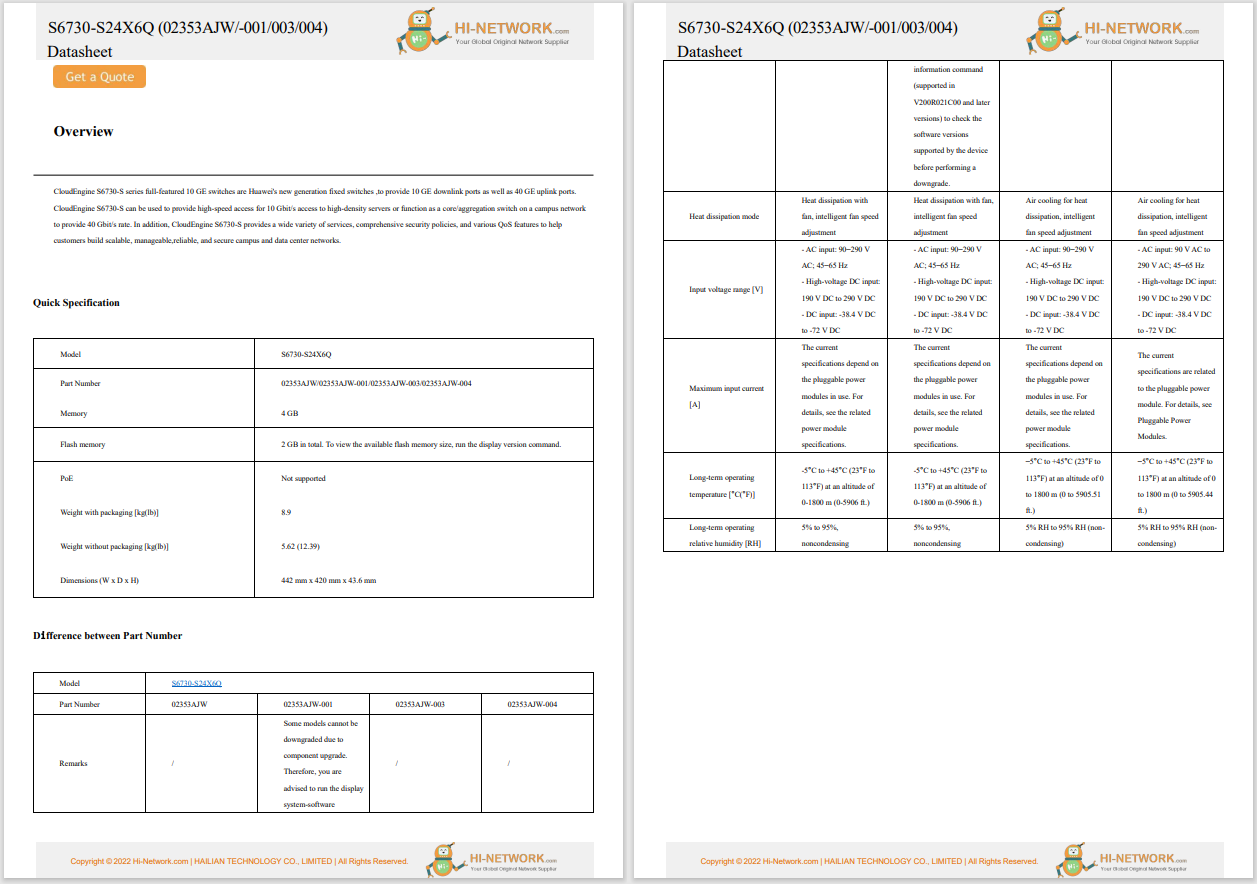

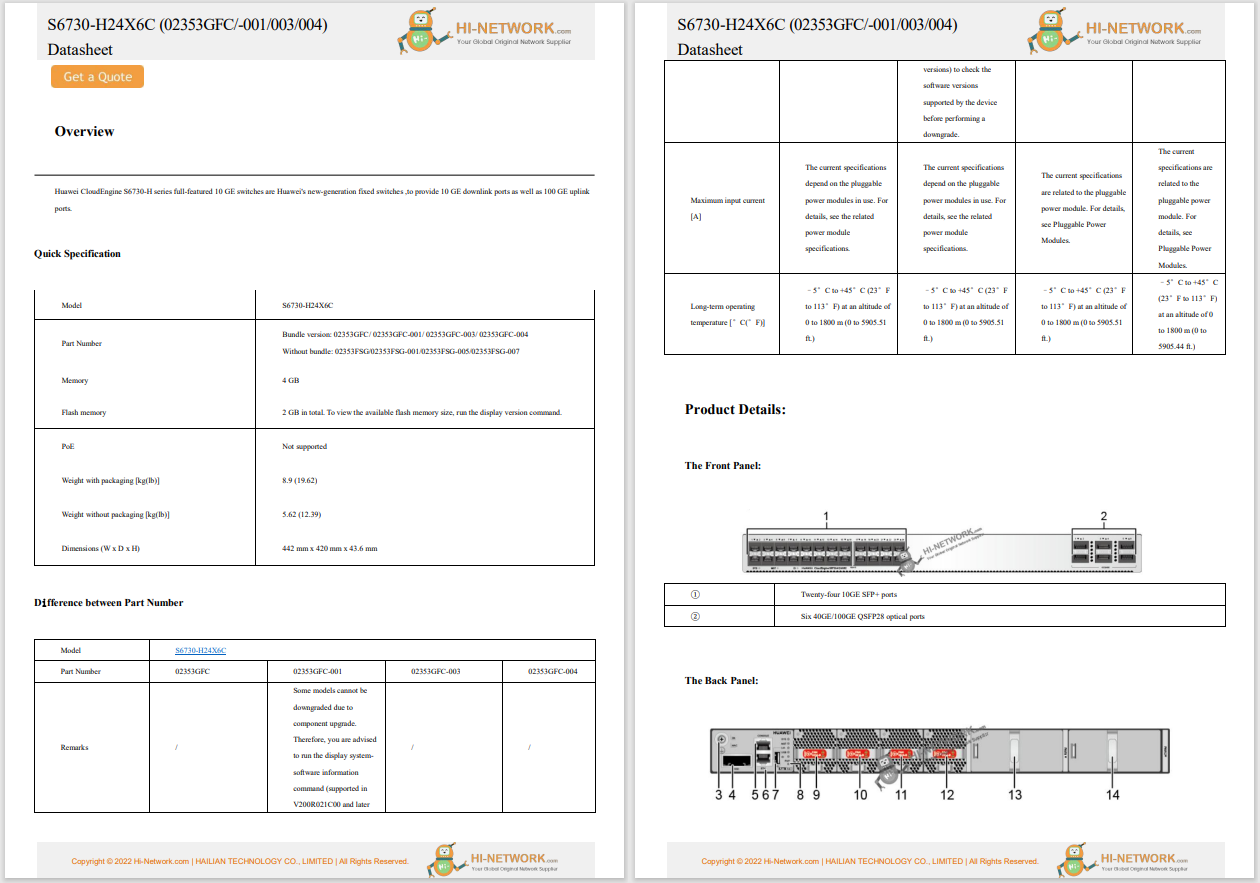
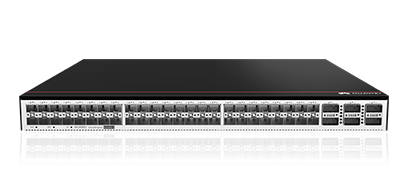
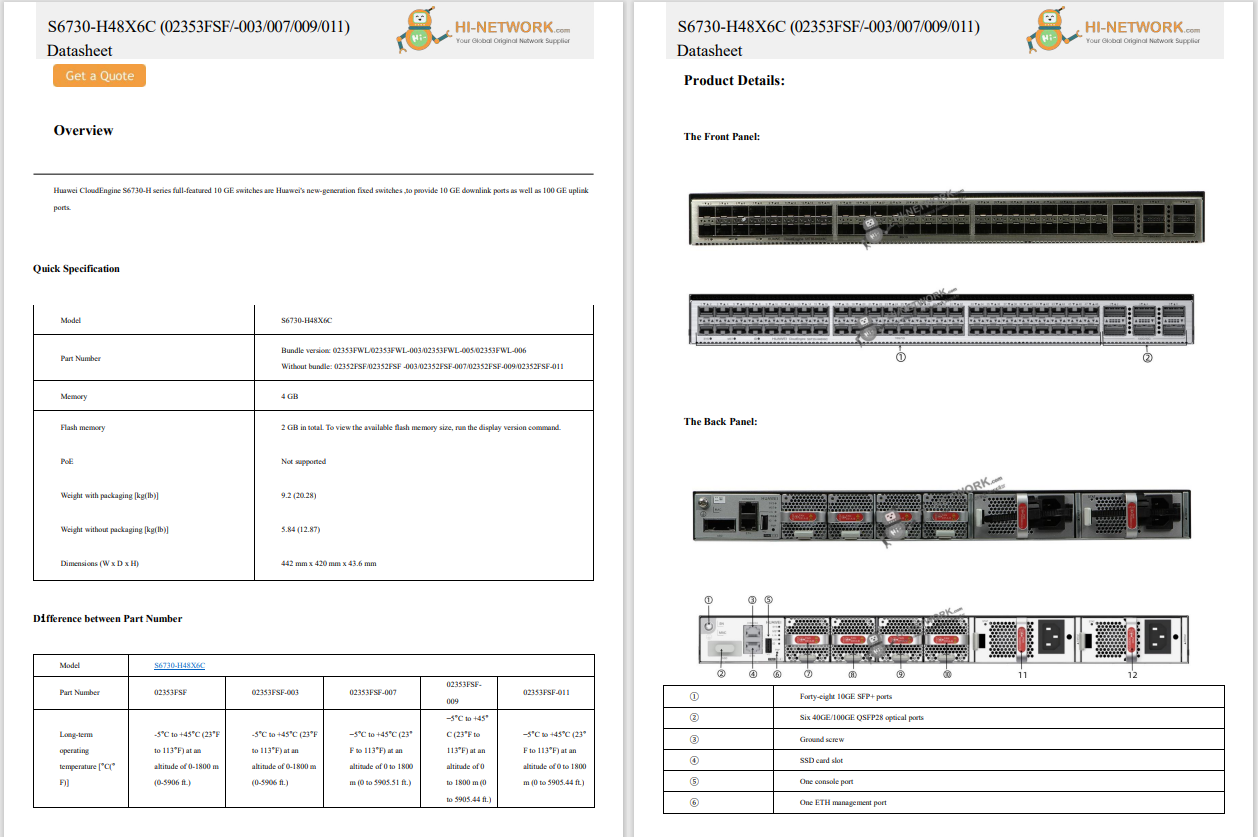
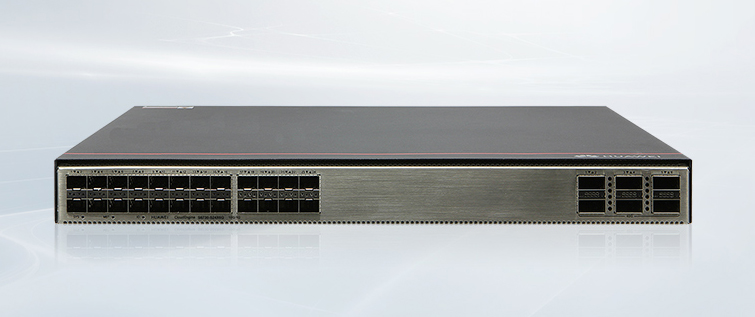


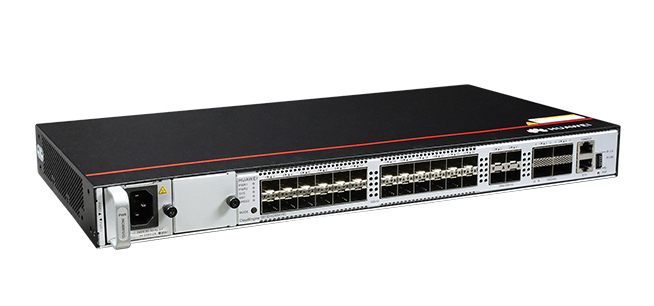
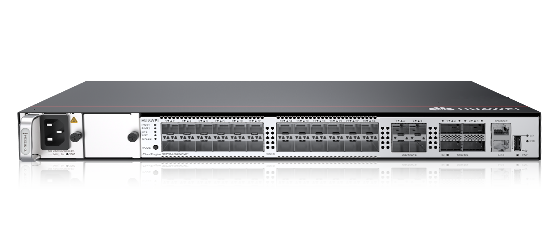
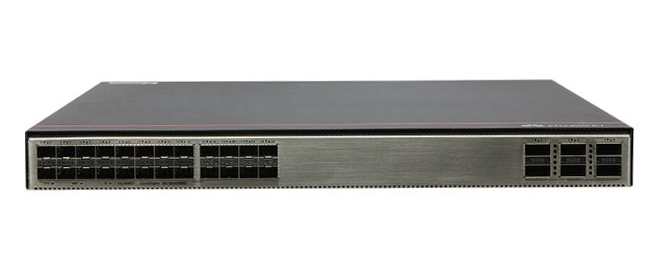


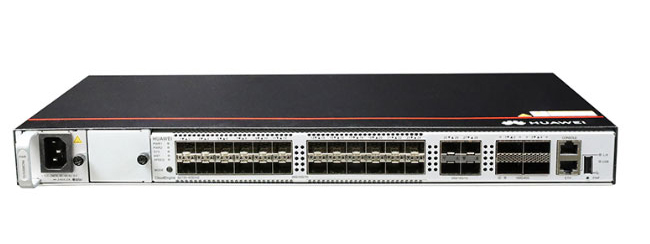
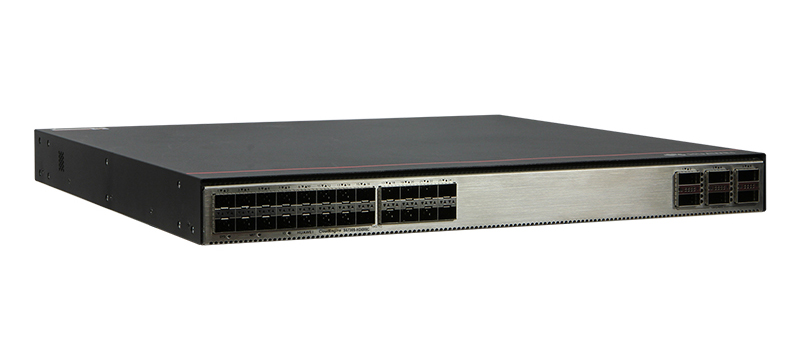
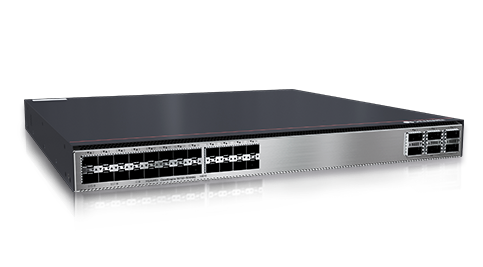
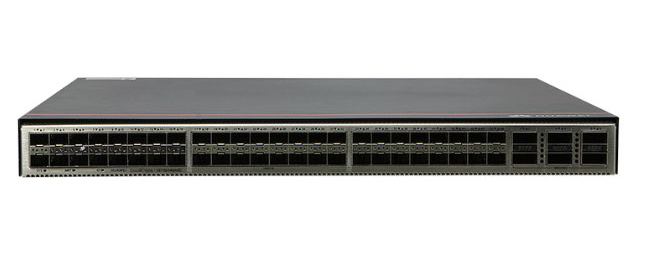
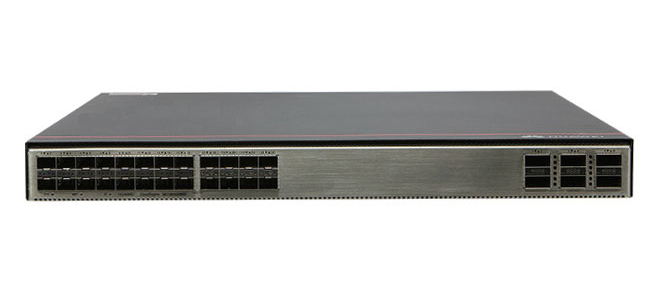


 Lance Whitney
Lance Whitney You've long been able to pair and connect your Mac and iPhone through Apple's Continuity feature. But with MacOS 15 Sequoia comes a cool new option that expands this partnership: iPhone Mirroring.
This feature lets you wirelessly control your iPhone from your Mac. Once connected, you're able to navigate your iPhone and open different apps using your Mac's trackpad and keyboard. Notifications that appear on your iPhone will also pop up on your Mac.
Also: My biggest regret with upgrading my iPhone to iOS 18 (and I'm not alone)
You can even transfer files between the two devices. Plus, your iPhone stays locked the whole time you're mirroring, meaning no one else can access it or see what you're doing.
For iPhone Mirroring to work, you have to meet these requirements:
Once you've reviewed those, here's how to get started.
First, you need to be running iOS 18 or higher on your iPhone. Before you upgrade, you might want to clear your cache and take these steps for the smoothest installation.
To upgrade from a previous version of iOS, head to Settings, select General, and then choose the option to upgrade to iOS 18. Tap the Update Now button and allow the latest version to be downloaded and installed.
Next, you must be running MacOS 15 Sequoia or higher on your Mac. To update, click the Apple icon, select System Settings, go to General, and select Software Update.
Also: One of the longest-lasting laptops I've tested also has a gorgeous display
Click the button for MacOS 15 Sequoia and then click the Upgrade Now button to download and install the latest version.
To launch the app, click the iPhone Mirroring icon in the Dock. You can also launch it from the Applications folder or from Launchpad. In response, the app opens with a few brief points explaining what it does. Click Continue.
With your iPhone is in lock mode, enter your passcode to unlock it.
At the next screen, click Allow to allow notifications from your iPhone to appear on your Mac. You'll then see that iPhone Mirroring is ready to use. Click the Get Started button to proceed.
To start using the feature, press the Touch ID sensor on a supported Mac. Otherwise, type your Mac's password.
Also: I upgraded to the Google Pixel 9 Pro, and its most impressive feature was not the software
You'll then be asked if you want to require your Mac's login to access your iPhone every time you connect or automatically authenticate. Choose whichever option you prefer.
You can now navigate your iPhone using your Mac's keyboard and mouse or trackpad. A few tricks to help you along the way:
To go to the Home Screen, move your mouse pointer to the top of the iPhone Mirroring window and click the Home Screen button in the upper right corner. Alternatively, click the bar at the bottom of the window or press Command-1 on your keyboard.
To open the App Switcher, move the pointer to the top of the iPhone Mirroring window and click the App Switcher button in the upper-right corner. Alternatively, press Command-2 on your keyboard.
Also: Is iOS 18 tanking your iPhone battery? Here's why, and what you can do
To go to the Spotlight search screen, use your mouse or trackpad to scroll up on the Home Screen. Alternatively, press Command-3 on your keyboard.
To move to the Home Screen, App Switcher, or Spotlight screen, you can also click the View menu for the iPhone Mirroring option and choose the appropriate option.
You can move the iPhone Mirroring window just as you would any window on your Mac. Move the pointer to the top of the window and drag it by the toolbar.
To change the size of the iPhone Mirroring window while mirroring, click the View menu in the iPhone Mirroring menu bar and choose Larger, Actual Size, or Smaller.
Also: We've used every iPhone 16 model and here's our best buying advice for 2024
To minimize the iPhone Mirroring window, move your mouse cursor to the top of the screen and click the Minimize button. To close the window, move your cursor to the top of the screen and click the Close button.
With the iPhone Mirroring window open, you can copy files from your iPhone to your Mac using the Universal Clipboard. Select the files on your phone, right-click, and then click Copy. Move to a window on your Mac and then select Paste to paste them.
A more versatile method is to use AirDrop as you can copy files from either device to the other. Select the files you wish to copy on your iPhone or Mac. Right-click them, select Share, and then click AirDrop. Choose the other device, and the files are then copied.
 Hot Tags :
Tech
Services & Software
Operating Systems
Hot Tags :
Tech
Services & Software
Operating Systems